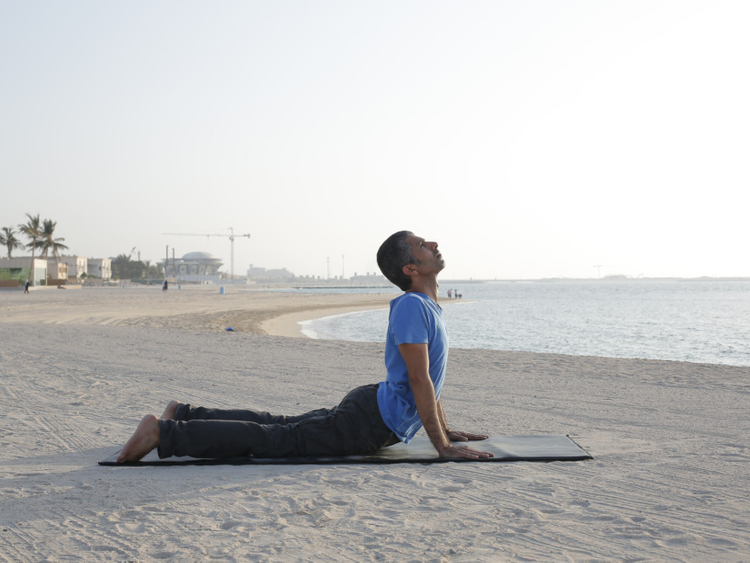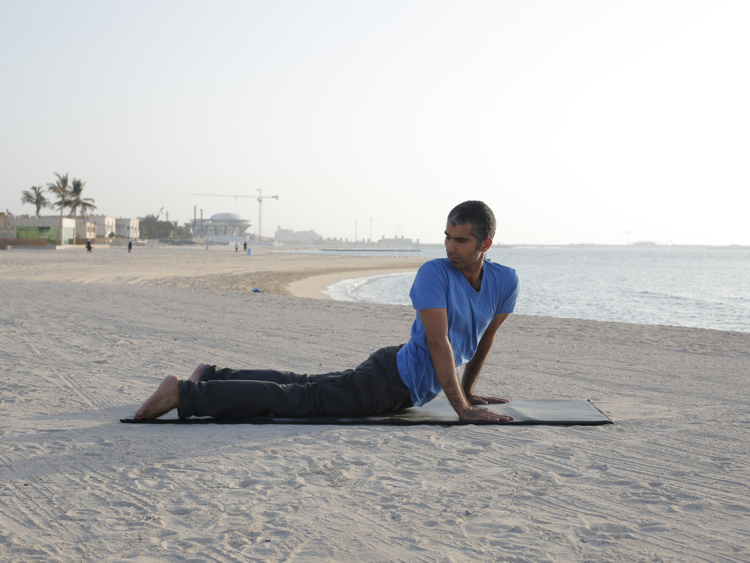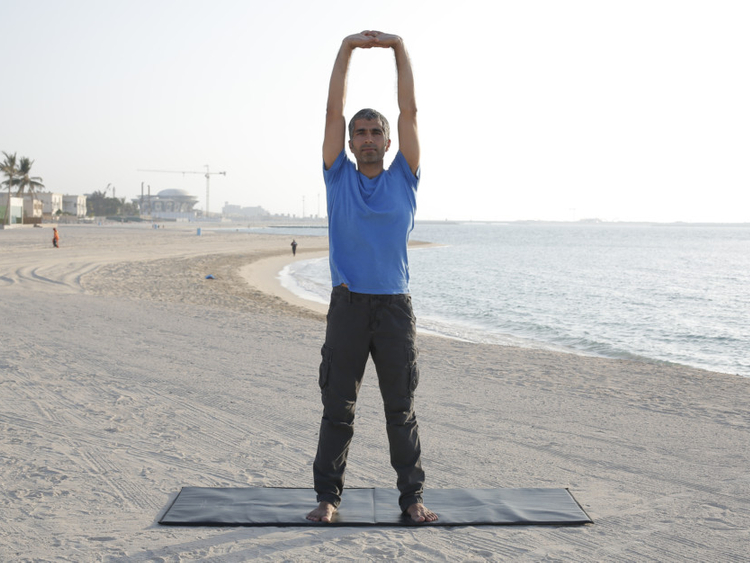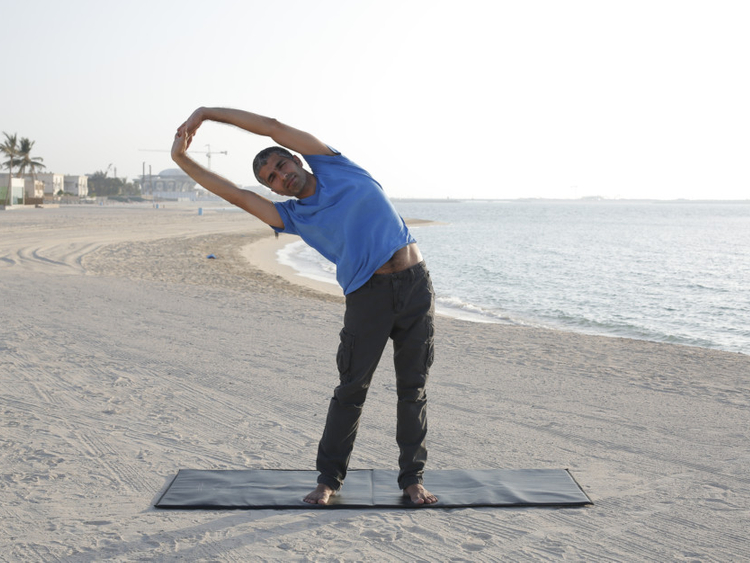
Yogis have understood another aspect that contributes to age reversal and longevity — the breath. Research has shown that practicing pranayama (breath regulation or breath control) can enhance quality of life and aid in longevity.
Under normal conditions, a certain quantum of prana (life force) is circulating, and this is responsible for the present level of health. However, the importance of pranayama is to enable one to consciously generate a higher voltage of prana and this can be directed towards the brain, via the cerebral blood vessels and the cerebrospinal fluid. It boosts the level of consciousness by activating and awakening the dormant centres and capacities of the left and right hemispheres of the evolving brain.
Breathrate and longevity
The breath is the most vital process of the body. It influences the activities of each and every cell and is intimately linked with the performance of the brain. An average adult breathes 12-15 times per minute. Respiration fuels the burning of oxygen and glucose, producing energy to power every muscular contraction, glandular secretion and mental process.
Quantity of life is also dictated by the rhythm of respiration. The ancient yogis and rishis studied nature in great detail. They noticed that animals with slow breath rate such as elephants and tortoises have long lifespans, whereas those with a rapid breath rate, such as birds, dogs and rabbits, live for only a few years. From this observation they realised the importance of slow breathing for increasing human lifespan. Stress-induced short, quick gasps are likely to result in a shorter lifespan. This is because the respiration is directly related to the heart. A slow breath rate keeps the heart stronger and better nourished and contributes to a longer life. Deep and correct breathing increases the absorption of oxygen by the tissues and organs and thus helps revitalise and boost organ health.
Most people breathe incorrectly, using only a small part of their lung capacity, depriving the body of oxygen and prana essential for vitality. Irregular breathing disrupts the rhythms of the brain and leads to physical, emotional and mental blocks. These, in turn, lead to disease, inner conflict, and an imbalance. Pranayama establishes regular breathing patterns, breaking this negative cycle and reversing the process. Longevity follows as a result of good health and well-being.
Practice of the week: yogic breathing
Learn the correct way of breathing before practicing any other techniques of pranayama.
Sit in a meditative posture or lie down in shavasana (corpse pose) and relax the whole body.
Inhale slowly and deeply, allowing the abdomen to expand fully. At the end of abdominal expansion, inhale further pushing the chest outward and upward. This completes one inhalation.
Now begin to exhale. First, allow the chest to contract downward and then inward. Then begin to contract the abdomen and empty the lungs as much as possible and relax.
The whole process should be one continuous movement, no jerks or unnecessary strain. This completes one round of yogic breathing. Practice 10-20 rounds.
Pictured are postures which help increase lung capacity: kati chakrasana and triyaka bhujangasana.
Next week: Ageing: what yoga can do to slow the process — part four















